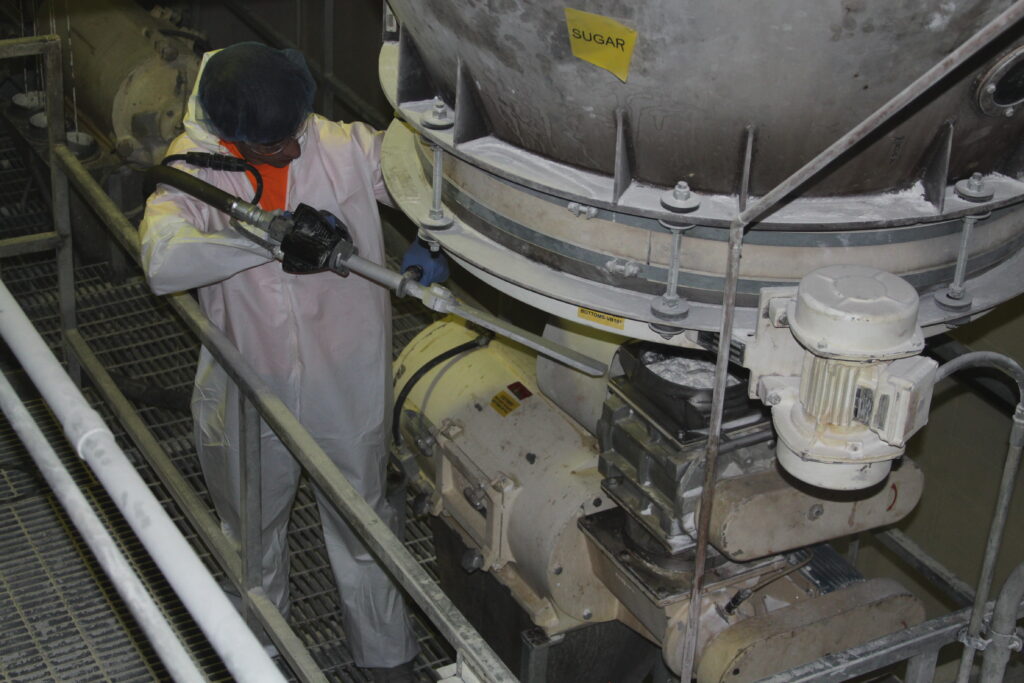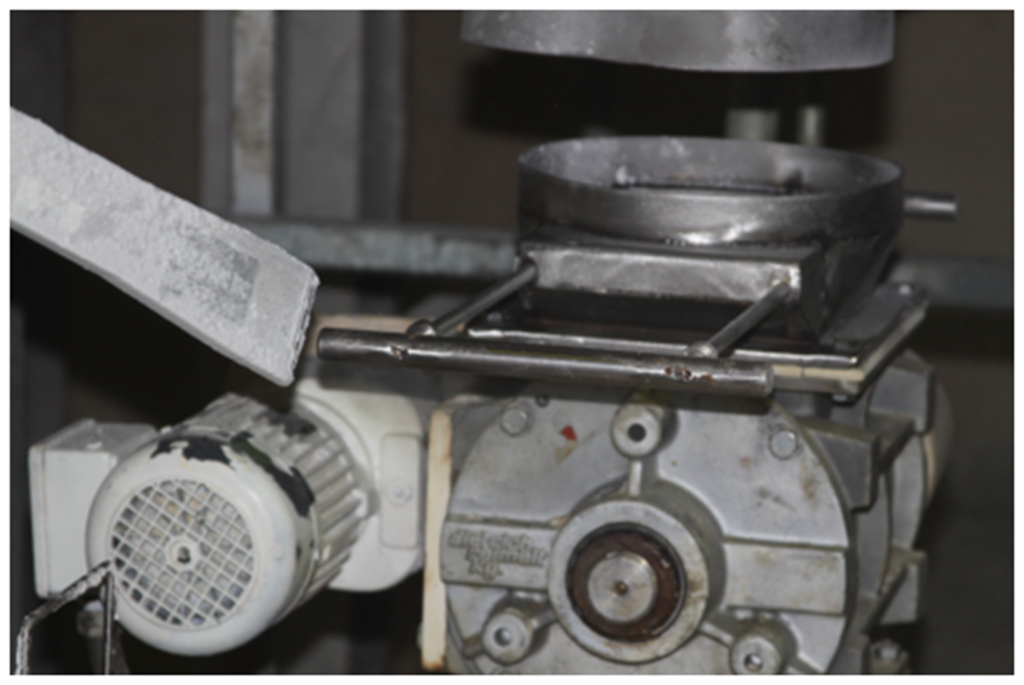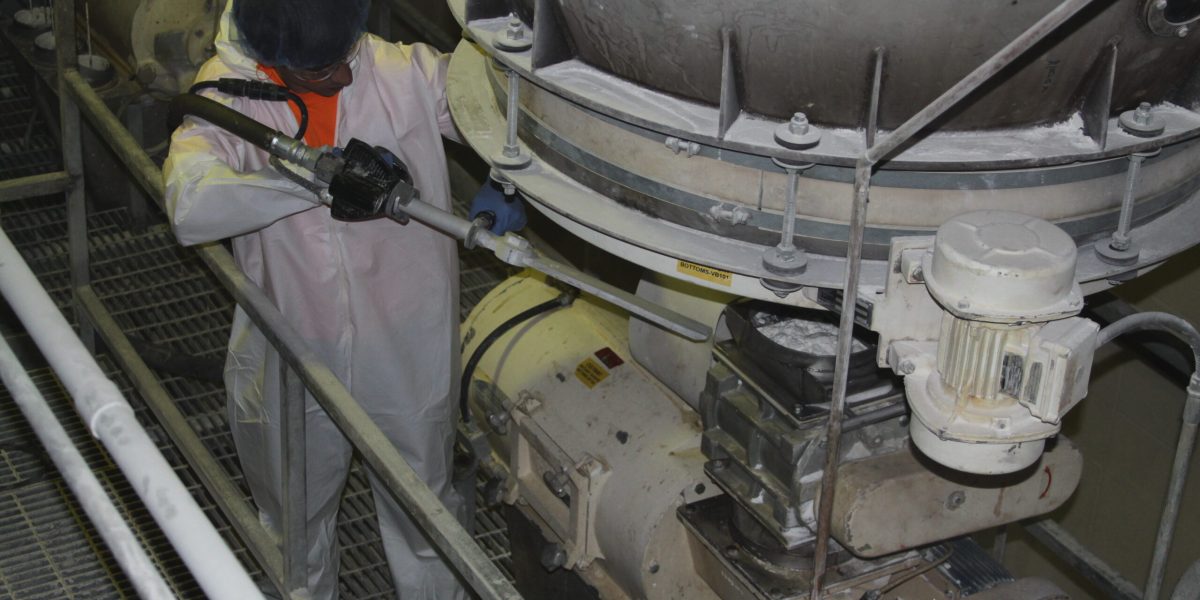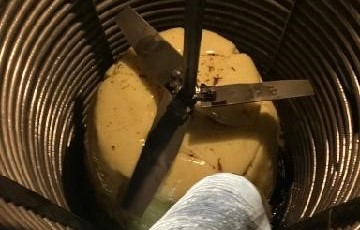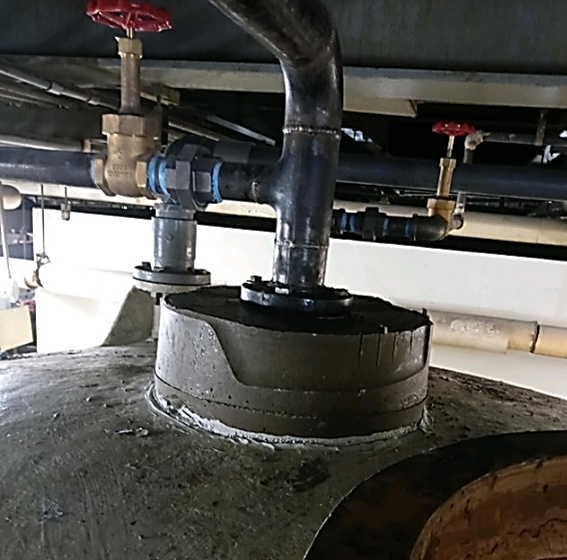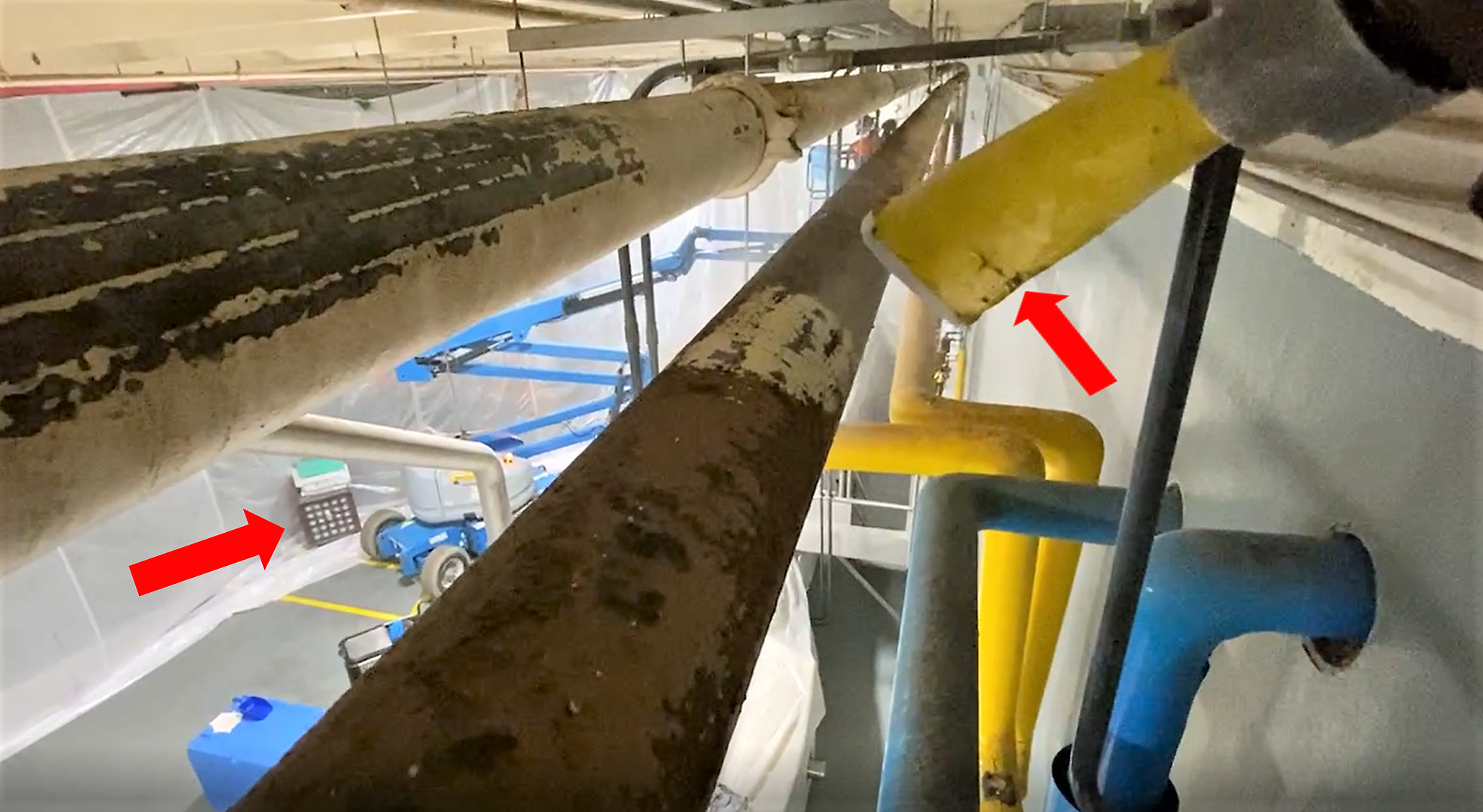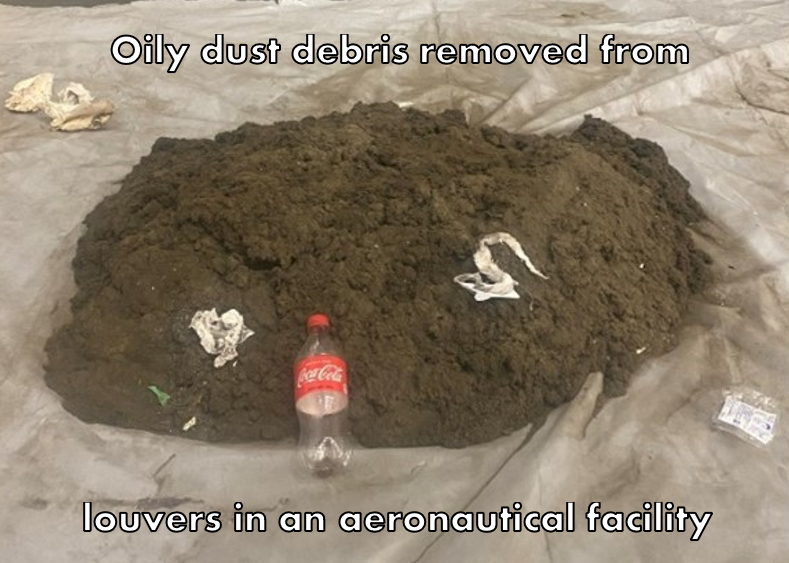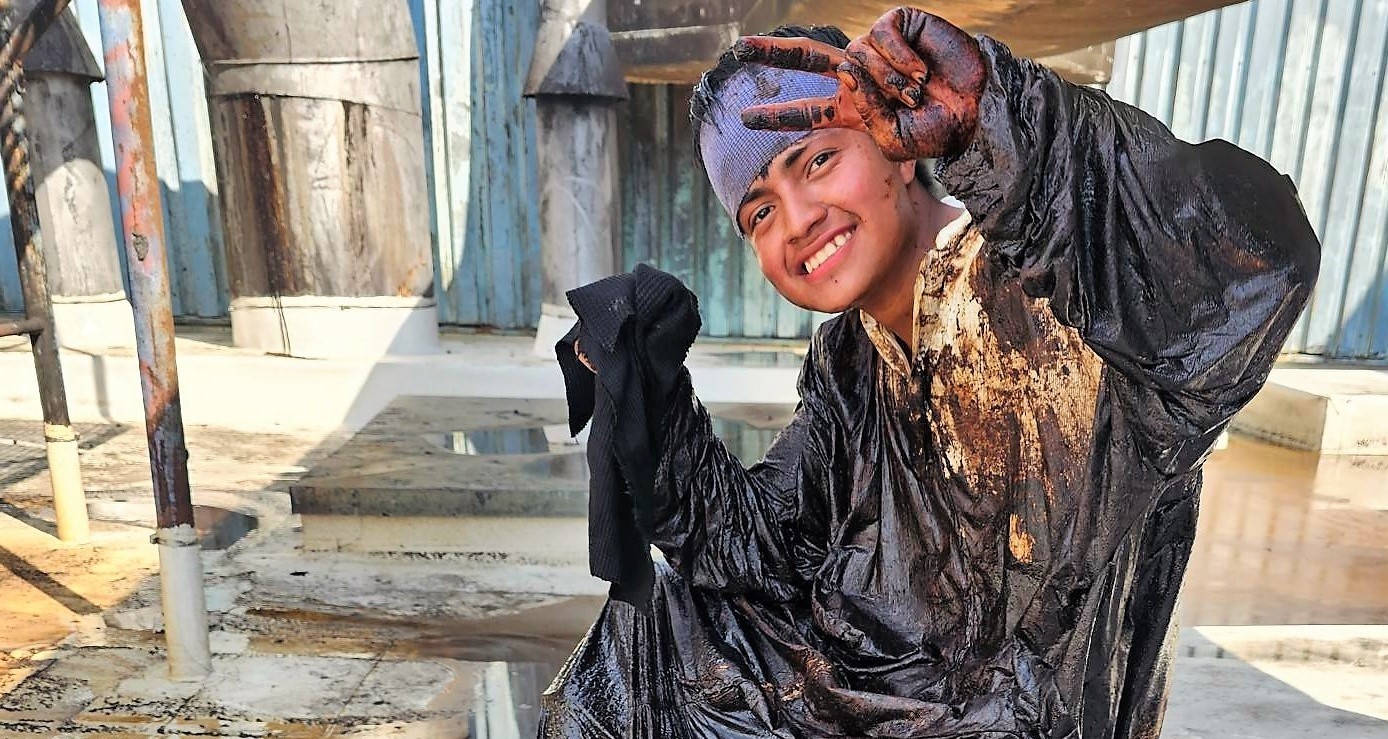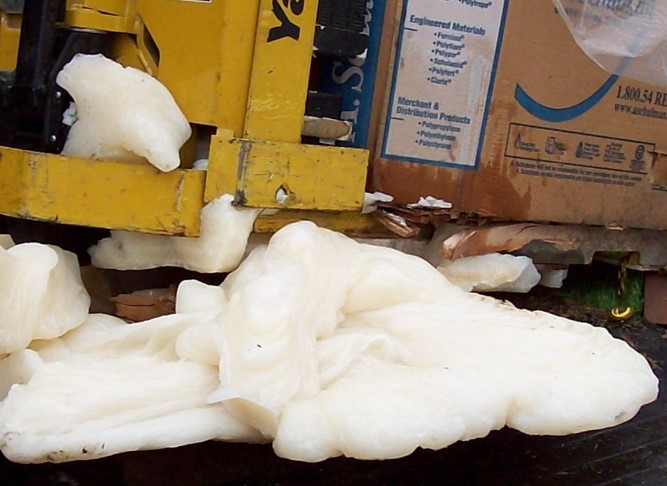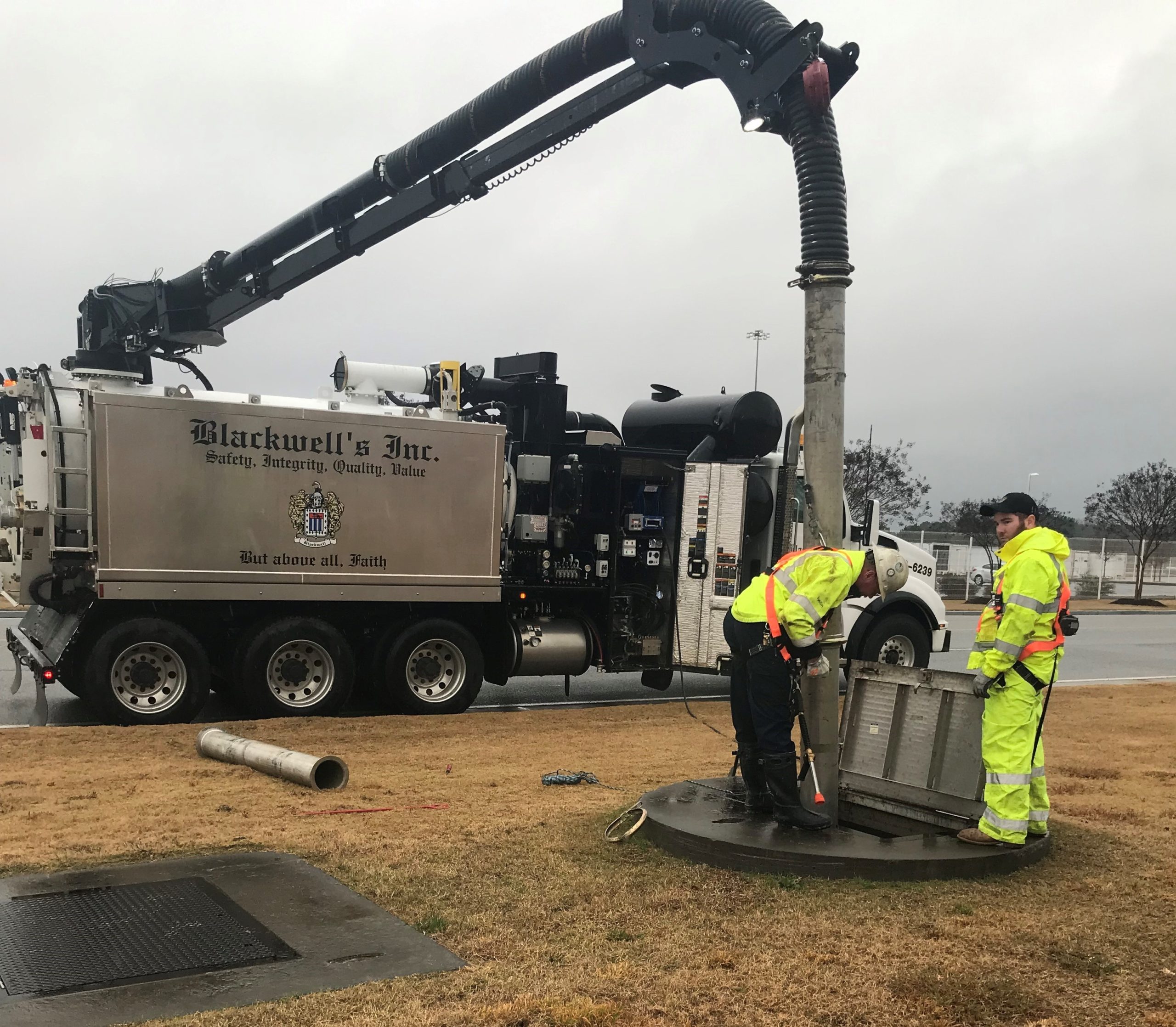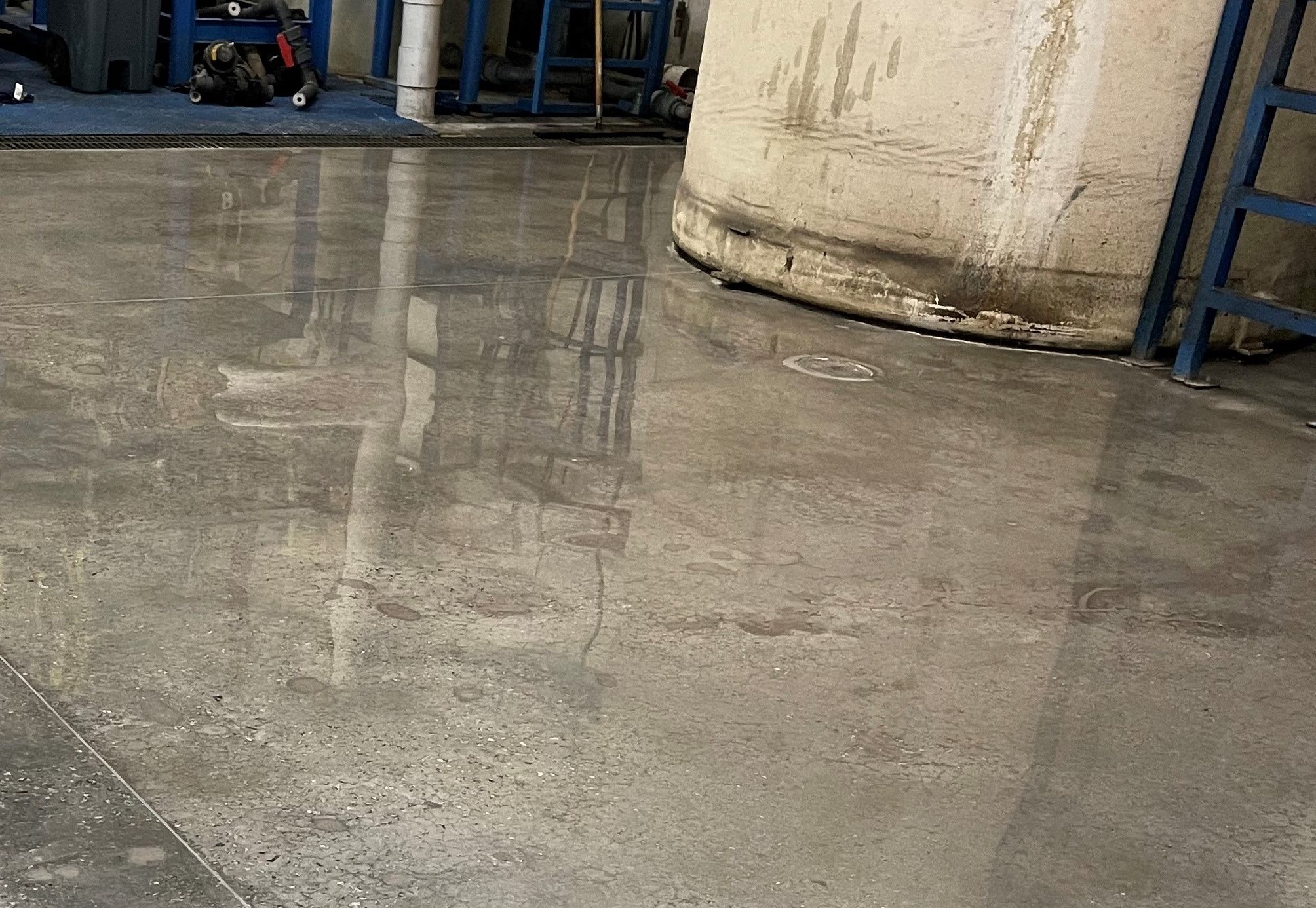That cute little turtle, the one you gave your kids, even while looking clean and healthy, can carry the Salmonella bacteria on their skin and shell. These bacteria can cause gastrointestinal illness and fever called salmonellosis.
Turtles are not the lone culprit either. Many different animals, as well as birds, can carry these germs that can cause diarrhea, fever, and stomach cramps associated with salmonellosis.
So can food workers
Salmonella can easily be introduced into and spread throughout food production facilities by raw ingredients, dirty packaging, equipment, and the food workers themselves.
Once in a food production facility, Salmonella can thrive in moist, warm areas like drains, floors, and the food processing equipment. Salmonella is most often found in high moisture foods like meat, eggs, milk, fruits, and vegetables.
Low moisture foods not immune
Several outbreaks of salmonellosis have been associated with ready-to-eat low-moisture products like chocolate, breakfast cereal, potato chips, and more recently, peanut butter and snacks. These low moisture foods are not immune. Although Salmonella outbreaks from low-moisture foods are rare, it does happen, and when it does, it often affects large numbers of people.
Moisture control is important in controlling Salmonella
Wet conditions inside food production facilities encourage Salmonella outbreaks. Moisture control, even from industrial cleaning, is critically important in preventing Salmonella contamination in low moisture food products. Dry, sanitary conditions must be kept at all times. Industry experience indicates that the presence of water, even in very small amounts and for short periods of times, may allow Salmonella to grow. Water used in industrial cleaning and leaking water should be removed or redirected quickly to help keep the facility’s environment as dry as possible.
Dry Ice Blasting is a dry method of the industrial cleaning of production equipment
Dry ice blasting uses no water and is an ideal method of cleaning and removing contaminants from production equipment. Dry Ice blasting to remove contaminants on surfaces and in crevices followed by a sanitizing spray has been shown as an effective method to reduce and or eliminate bacteria count without using the water that encourages Salmonella to rapidly grow.
